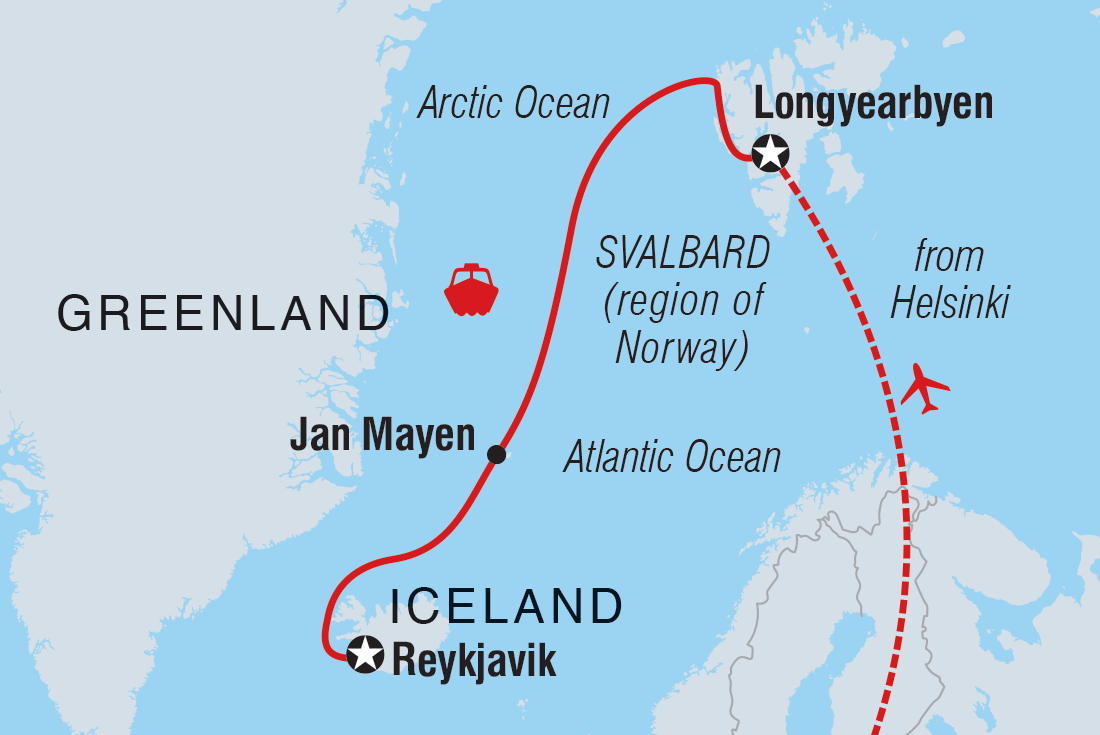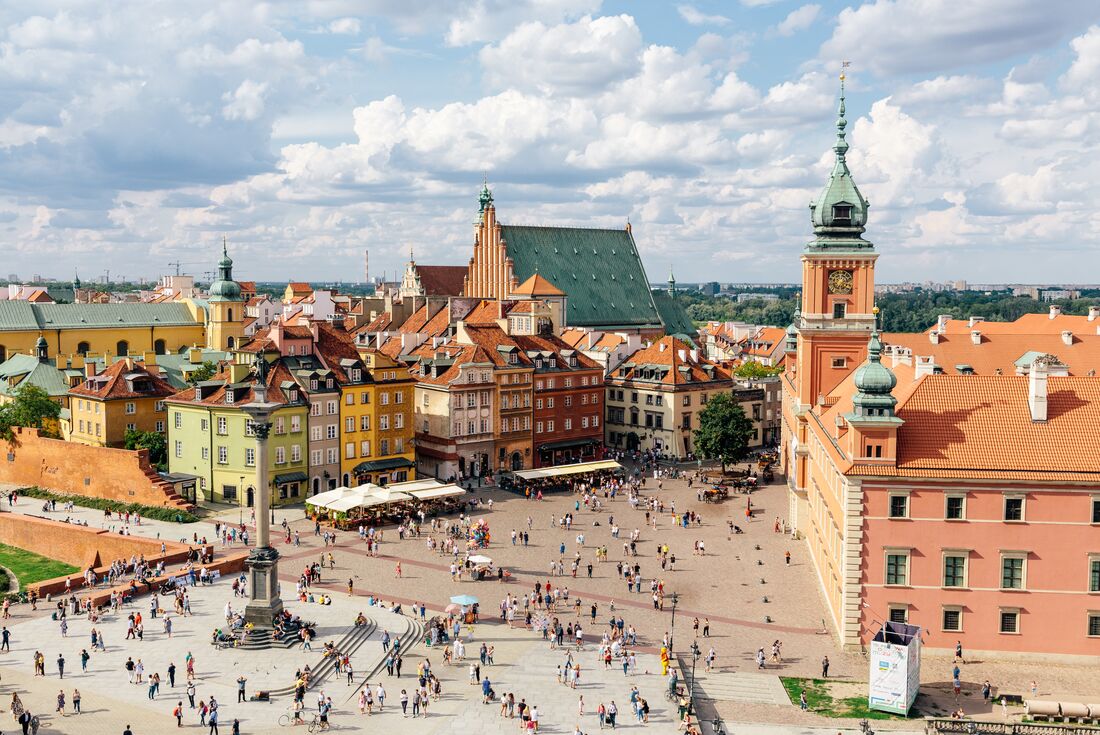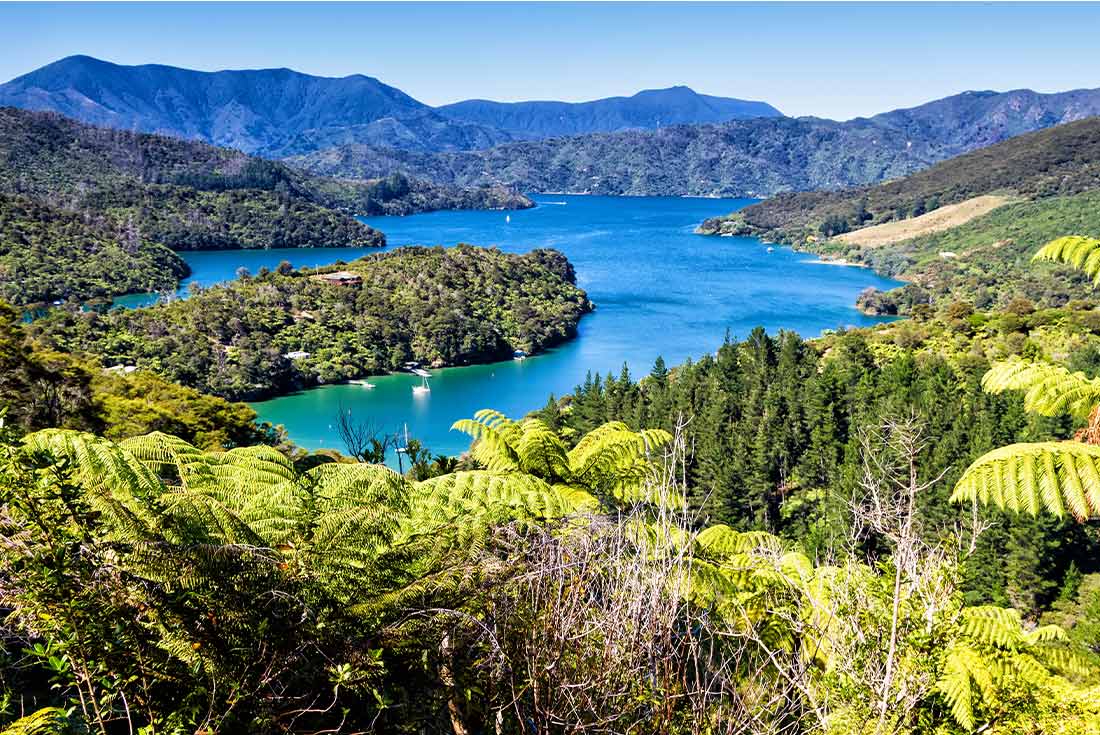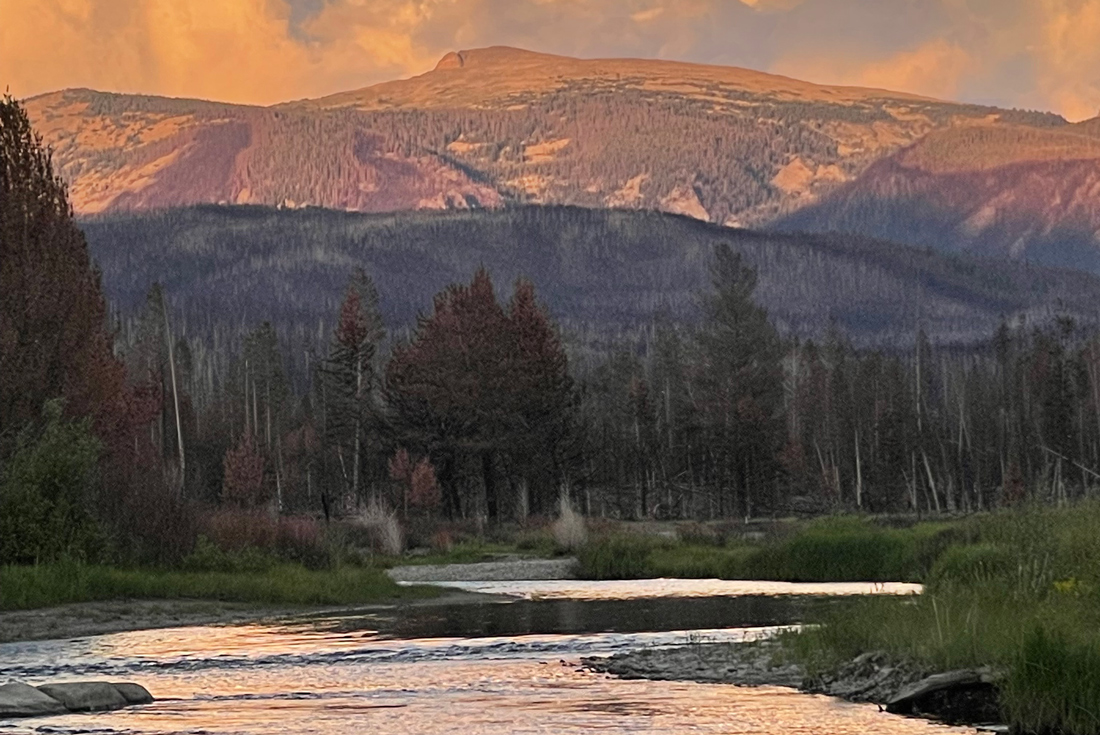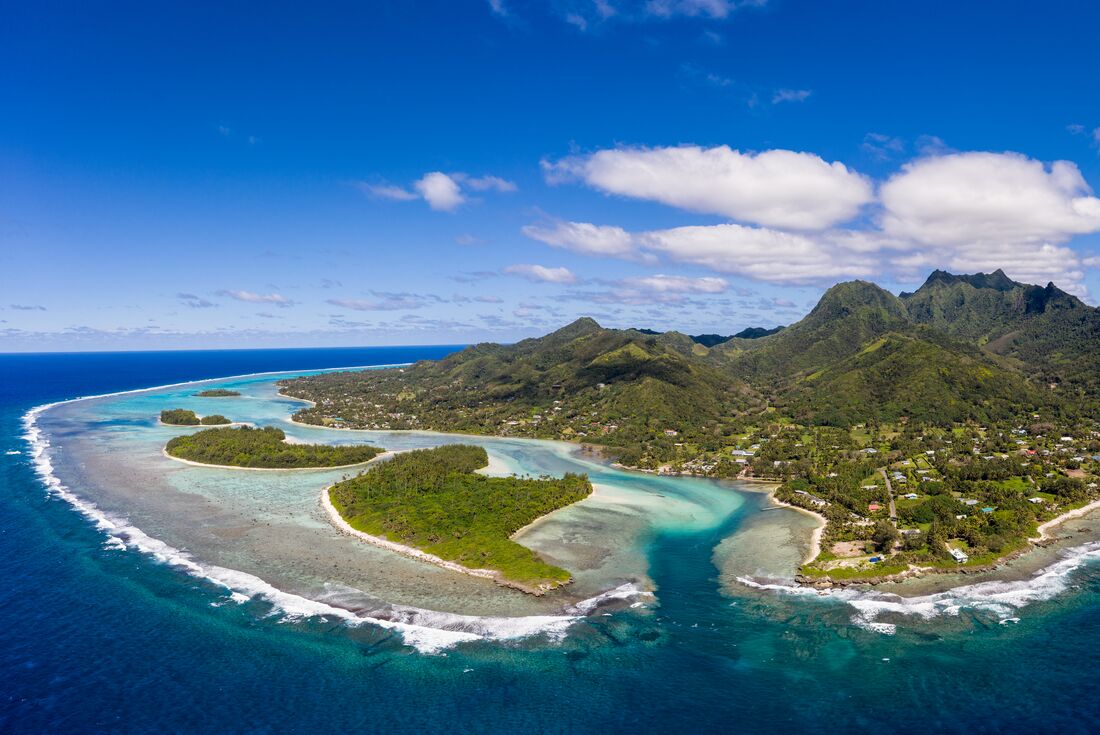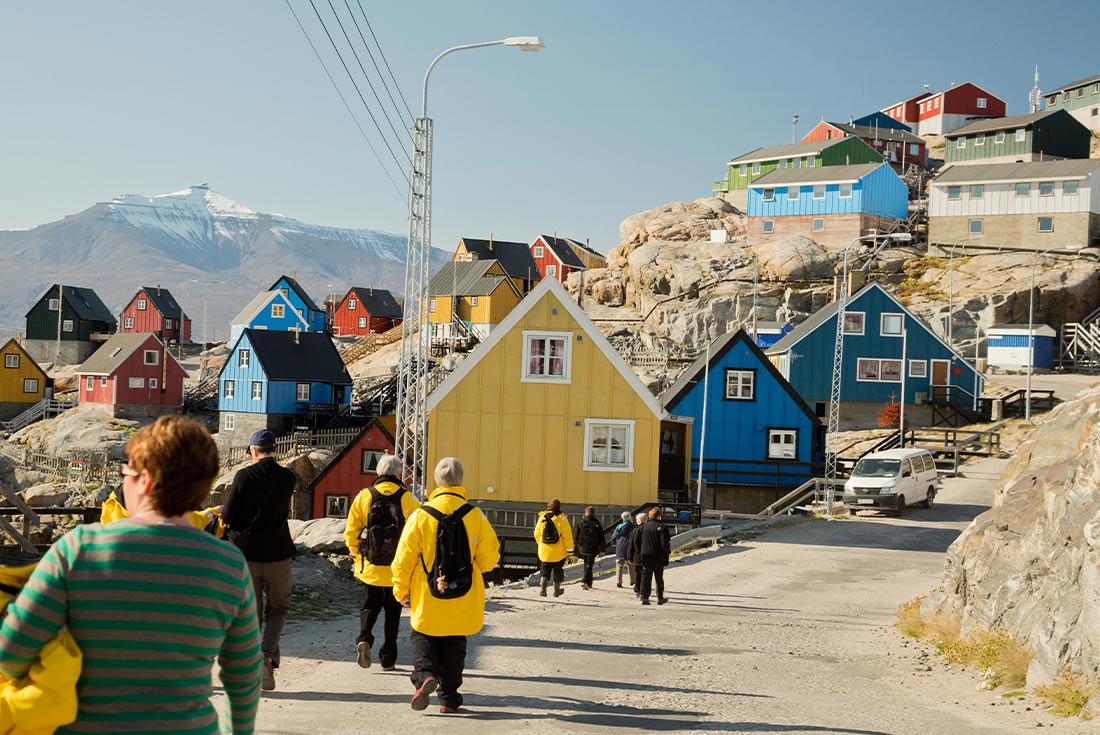North of the Arctic Circle, about 280 miles (450 km) east of Greenland and 340 miles (550 km) north of Iceland, the mysterious Jan Mayen rises from the depths of the North Atlantic. Often shrouded in thick fog, the small mountainous island was declared a nature reserve in 2010 and is rarely visited, save for the 18 rotating personnel of the Norwegian military and Norwegian Meteorological Institute, who are the only inhabitants.
If conditions allow, as you approach, keep watch on deck as the spoon-shaped island’s highest summit emerges. At 7470 ft (2277 m) high, the breathtaking Beerenberg volcano features a symmetrical cone shape and impressive glaciers that spill into the sea. You might also get close-up views of the stratified cliffs of the spectacular north coast on a Zodiac cruise along the coast of the island, searching for wildlife.
Designated an Important Bird Area by BirdLife International, Jan Mayen supports colonies of northern fulmars, little auks, glaucous gulls, kittiwakes and black and Brunnich’s guillemots (thick-billed murres).
Landing on Jan Mayen will be dictated by the weather and sea. One possible site you'll visit is Kvalrossbukta, a small bay holding the remains of a 17-century whaling station. The island is home to a variety of birdlife, including a large colony of northern fulmar, which is also located here.
Another potential landing site is Olonkinbyen, Jan Mayen’s only settlement. As it’s also the location of a meteorological station, you may have the chance to learn about polar research while seeing how weather is monitored at the top of the world.
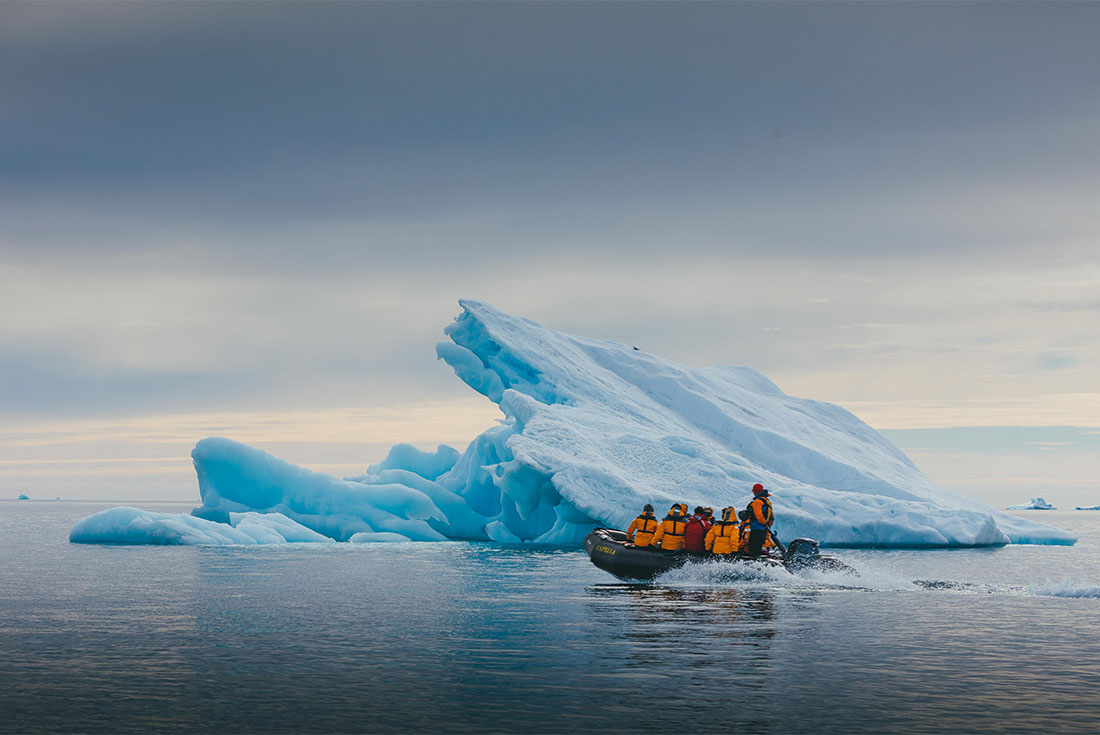
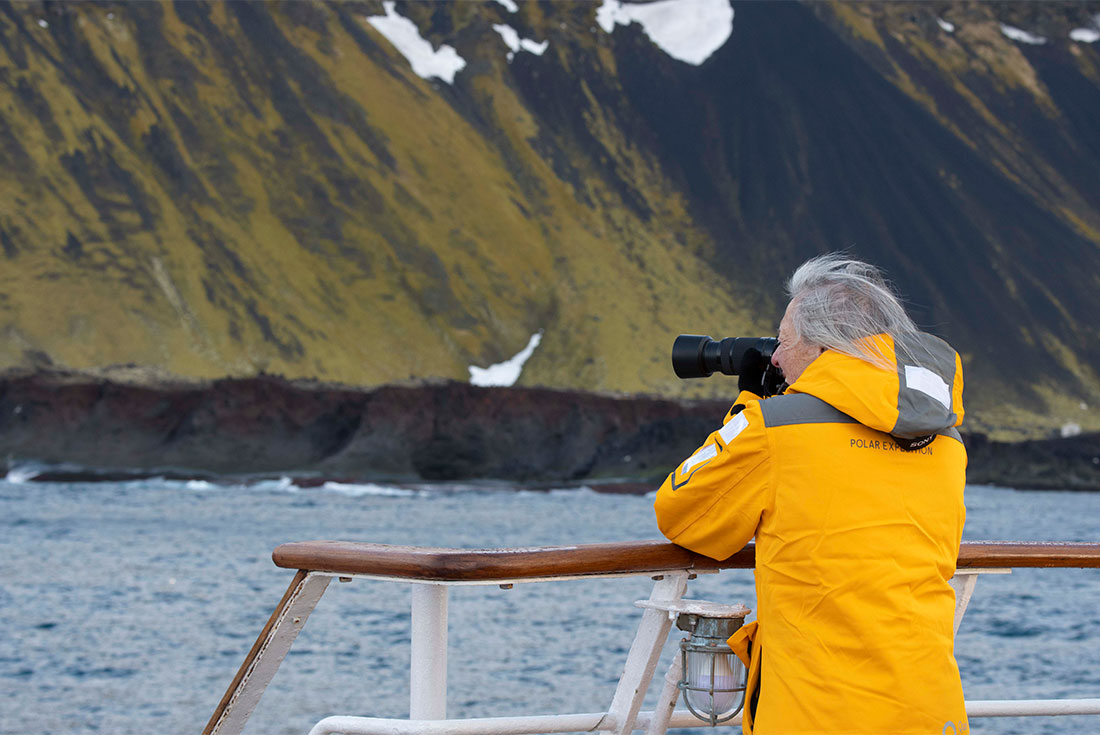
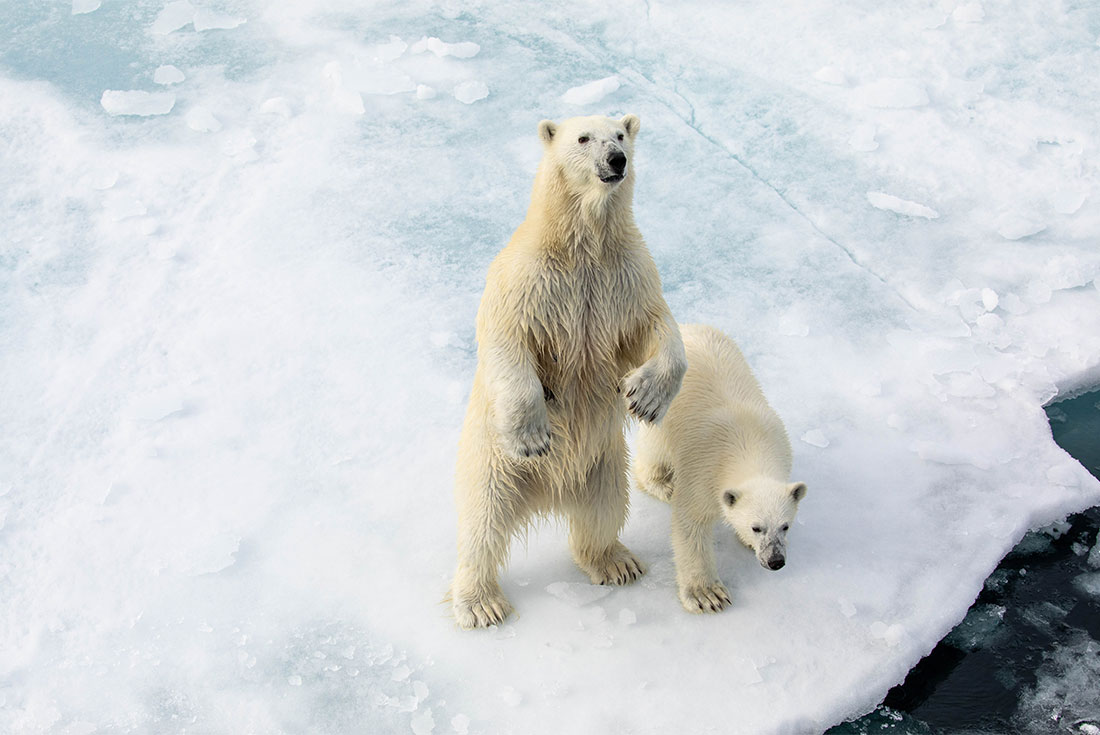
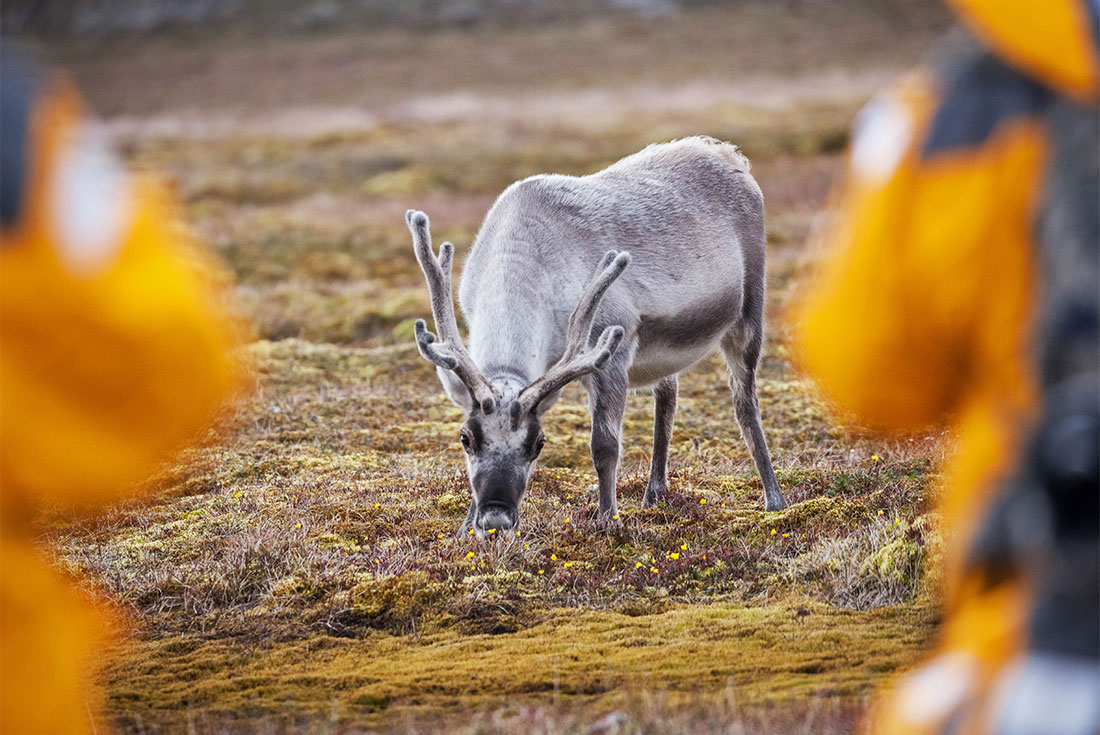
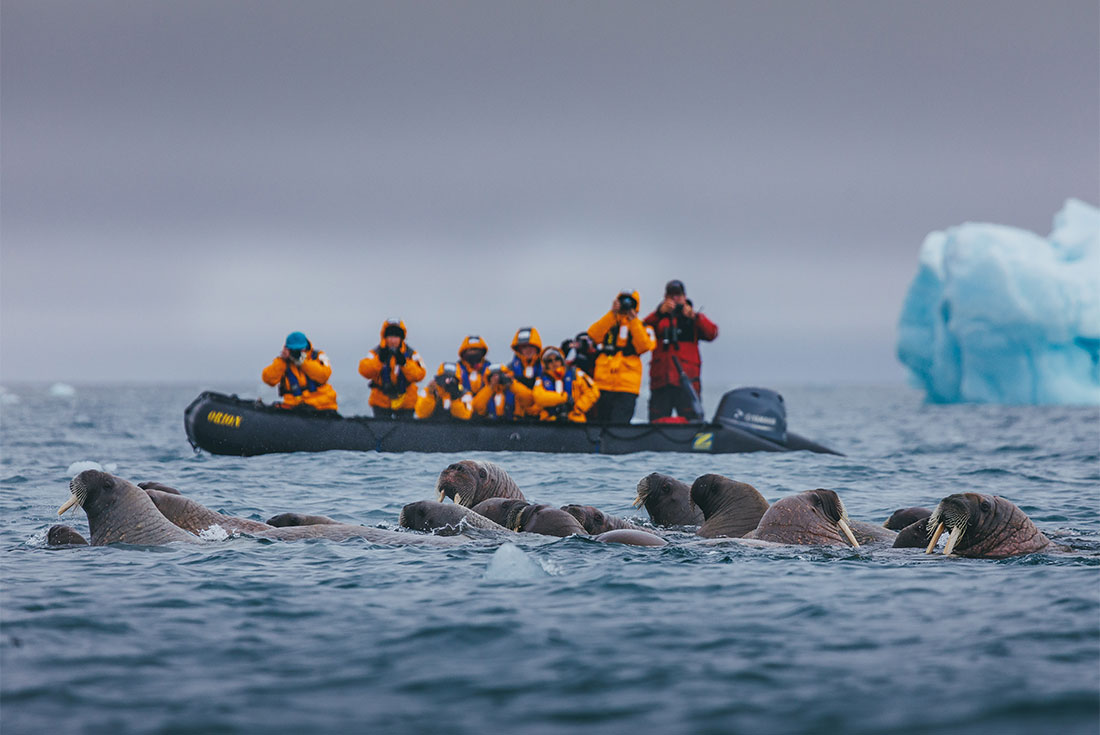
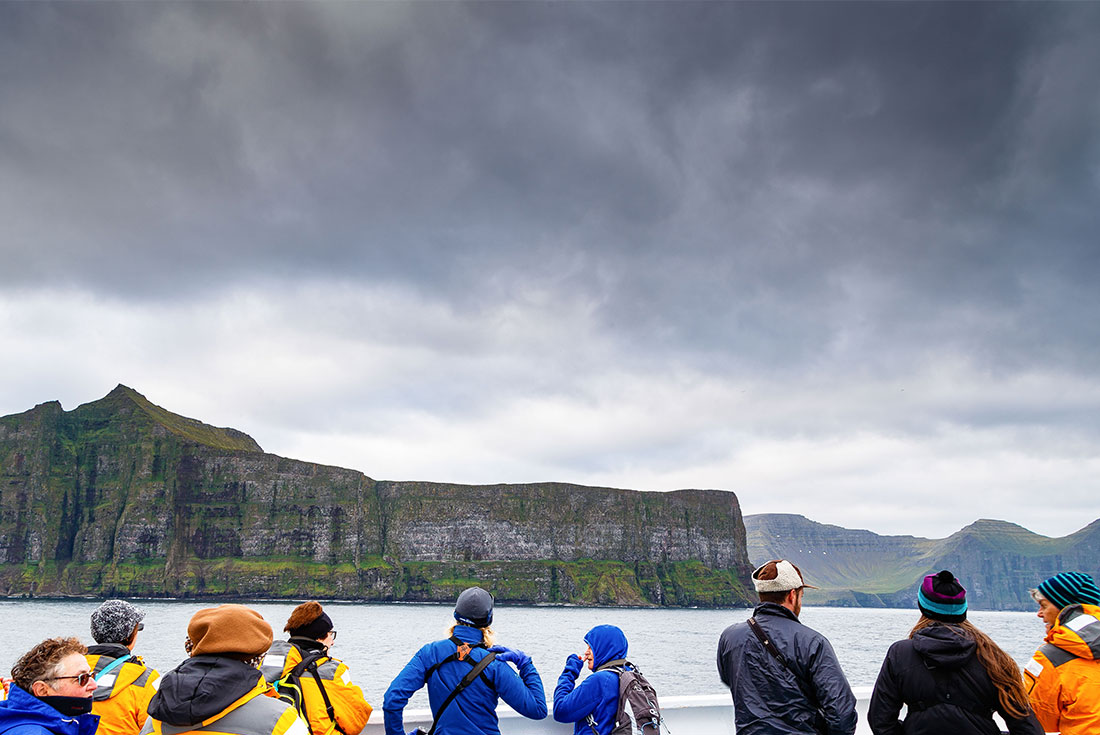
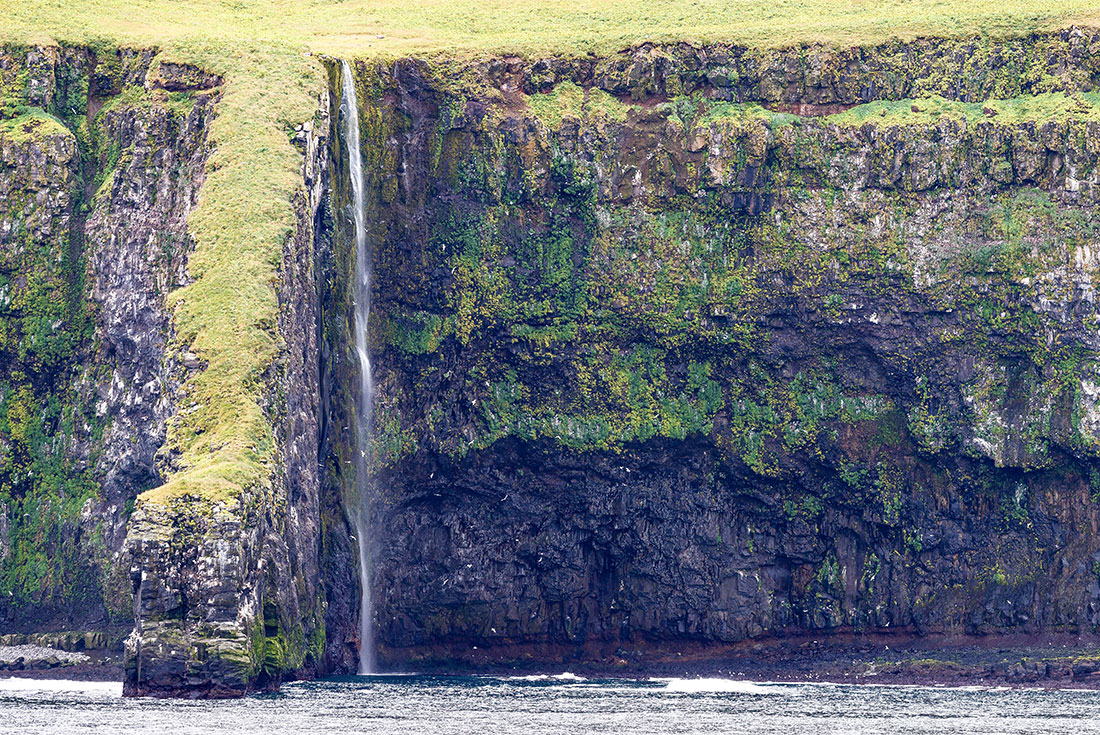
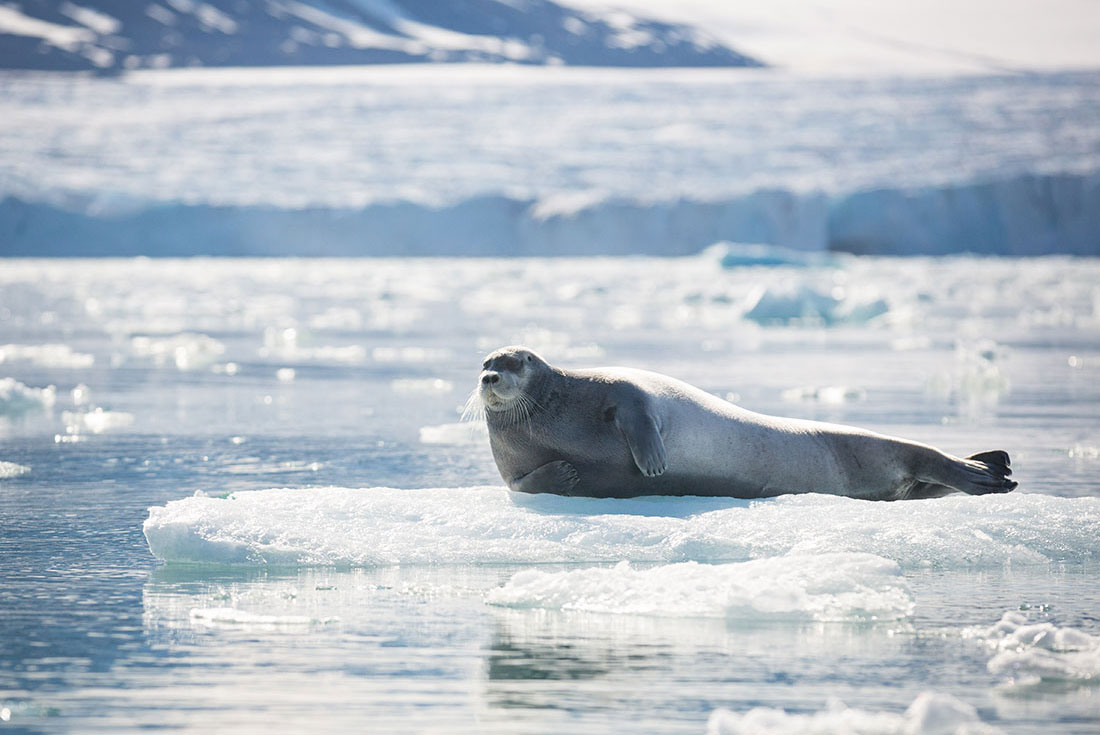
 NZD 15,844.00
/Person
NZD 15,844.00
/Person
